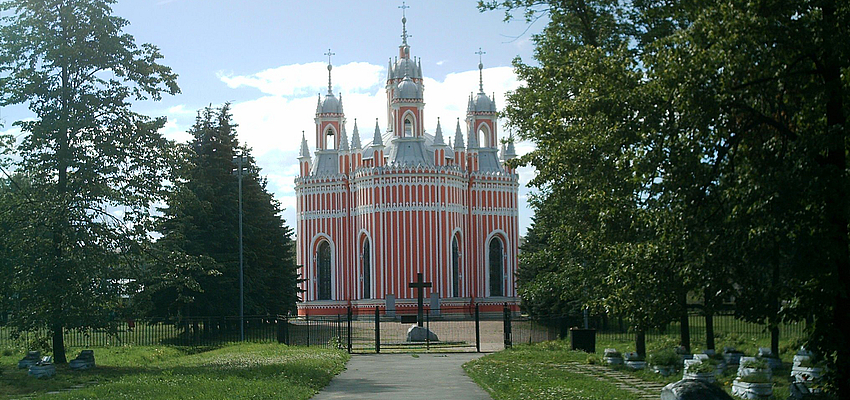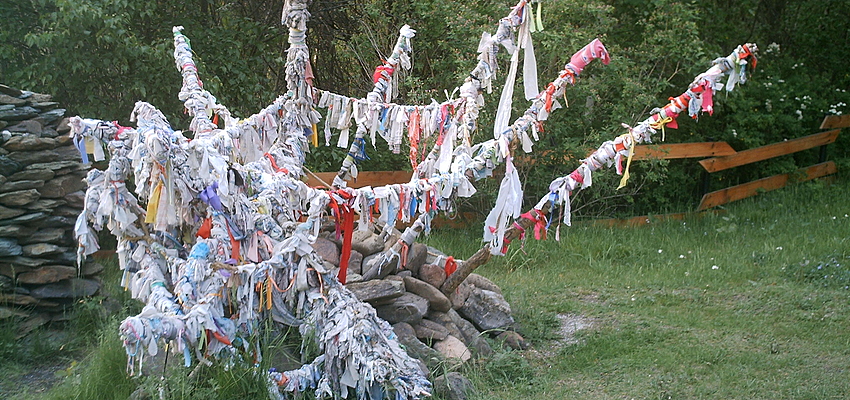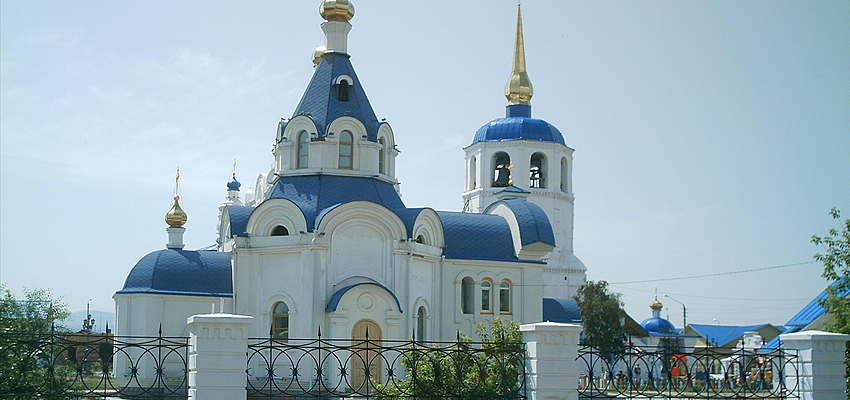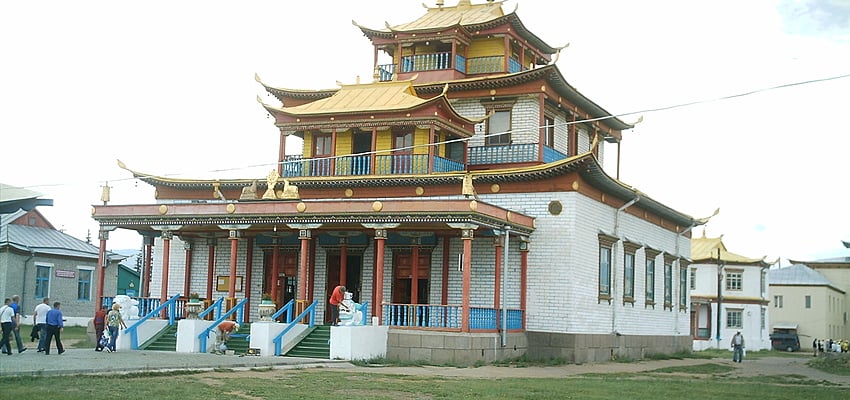


Through its Asian and European influences, the history of Russia is unique. Even though Orthodox Christianity is the most widespread religion, other faiths, such as Islam and Buddhism, are characteristic of some regions in Russia.
Over the centuries, many religious faiths have coexisted on Slavic territories. Nomadic peoples, including the Rus', Varangians (Vikings) and Khazars, lived on these lands and each had their own beliefs: the first two being pagans, the latter being Muslim and then Jewish. The Varangians dominated the Rus' and rejected the Khazars by destroying many of their fiefdoms. They then began trading with Byzantium, creating the so-called "trade route from the Varangians to the Greeks".
Thanks to this trade, the Varangians founded the state of Kievan Rus' around 880. At that time, paganism was still dominant and the pantheon of gods was very close to that of the Scandinavian countries. However, the Muslim religion, which was well established in the Khazar territories near Kievan Rus', did not disappear. Thus, in 988, with Vladimir 1st at the head of Kievan Rus', a fundamental event occurred: the baptism of Russia, which thus became Byzantine orthodox.
However, the Muslim religion, which was well established in the Khazar territories near Kievan Rus', did not disappear. Although constantly thwarted by the Slavic princes, it was revived by the Mongol invasion in the thirteenth century. The latter reigned for over three centuries and left a lasting mark on Russia. A few leaders converted to Islam and that is how the religion was established in certain regions. The Jews, although they had been present on Slavic territory for centuries, suffered from a poor reputation and existed somewhere between integration and segregation.
The subsequent conquests and invasions brought changes to all these religions. The conquest of Siberia began in the sixteenth century. The population, followers of shamanism, saw the arrival of another culture but were not Christianised by force. They were later joined by the Old Believers and sent into exile following the schism of the Orthodox Church in 1659. These religions influenced each other but none imposed its own vision of the world.

During this same period, at the same place at Lake Baikal in Siberia, Tibetan monks made their appearance and brought Buddhism with them. But instead of disappearing, shamanism assimilated itself to the latter.
During the Soviet era, religions were severely repressed. Regardless of the religion, only one faith was tolerated - Soviet socialism. The places of worship were destroyed, after being looted or turned into museums (or prisons). Thus, the splendid cathedral of Christ the Saviour in Moscow was razed to build the Palace of the Soviets and later a gigantic swimming pool. After the fall of the USSR, the cathedral was identically rebuilt.

As for religious rites, they were prohibited under pain of punishment, or reduced to folk events in an attempt to desacralise them.
Hard-line policies towards religions began under Stalin with the Orthodox Church, the principal religion. Its leaders were either shot or sent to labour camps. The other religions underwent a similar fate.
Of course, these atrocities never eradicated the religions and after the fall of the USSR the country witnessed a resurgence of religion.
Today, Russia counts a multitude of religions, but we will examine the three that are the most representative.
Orthodox Christianity is the principal religion of Russia, with more than 41% of the population. However, to this figure we must add the percentage, albeit a small one, of the various branches of orthodoxy that originated due to the schism of the Orthodox Church. The importance of this religion is exemplified by the splendour of its monuments, which deserve an in-depth visit during any trip to Russia.
Islam is the second religion of the country, accounting for more than 5% of the population. Muslims live mainly near the Caucasus, in the Republic of Kabardino-Balkaria, the Republic of Dagestan, and in the Republics of Bashkortostan and Tatarstan (Kazan is also the religious centre).
The Russian Buddhists mainly inhabit the Lake Baikal region (a real discovery for a journey off the beaten track) in the Republics of Tuva and Buryatia, as well as the Republic of Kalmykia, in the European part of Russia. The statistics estimate the percentage of Buddhists in Russia at 0.5 percent of the population. These remarks must be qualified, because a number of people who call themselves Buddhists have not forgotten their ancestral customs: thus, in case of a problem, many will consult a shaman and a lama. The Buddhist spiritual centre, located at Ivolguinsk in the Republic of Buryatia, was one of the few places of worship built during the Soviet era, under the dictatorship of Stalin no less!

Finally, it should be noted that atheism is well represented in the country, with 13% of the population.